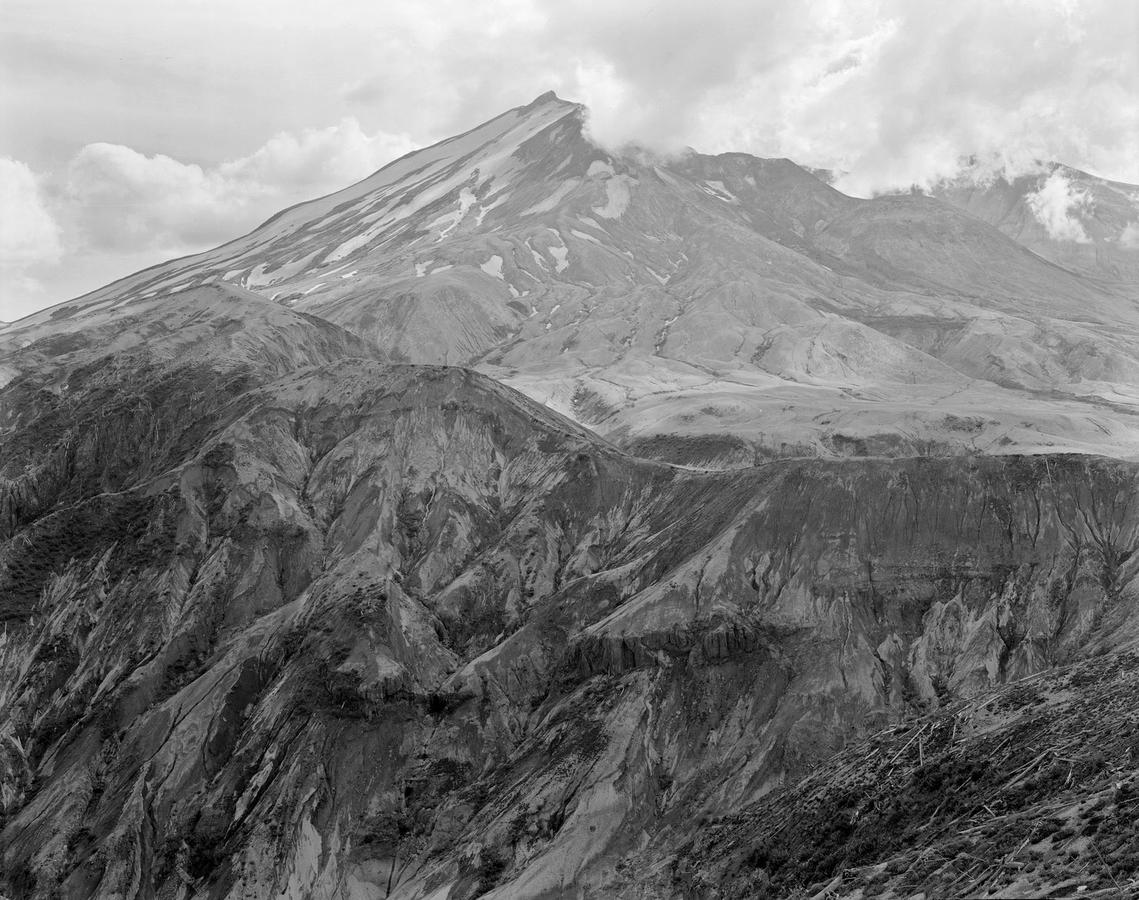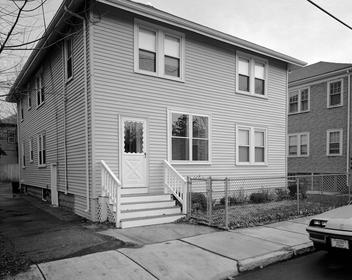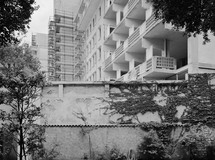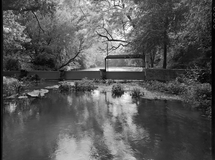Two Views

-It's all bullshit now. Everything's been done and to death. Oversaturated, oversharpened, unrealistic colors, over the top still lifes, collages, assemblages. Earlier rules and definitions of artistic photography are no longer true. Photography is dead.
-Photography's never been richer, fuller, and more diverse. The breaking down of past rules and barriers has allowed more freedom of expression, experimentation, and advancement of our medium than ever before. It is an exciting time to be a photographer and there seem to be no boundaries. Who knows where photography is going but it is a very exciting time.
-All the old norms are gone, no one prints anymore and those few do, for the most part, print badly. The "fine print", a work made out of love for the medium and respect for the craft of photography is gone now. No one wants to spend more than a few seconds looking at a photograph. There is little interest in the medium's history or its relationship to the world of art and culture at large. Photographers don't care about precedent, nor do they want training or education. No longer is photography a medium to be studied and a discipline to be learned.
-Now you can pick up a camera or smartphone and become an instant success, knowing little or nothing about how it all works. It doesn't matter, for you are now free to express yourself in any way you want. If your pictures are edgy, flashy, colorful, and outrageous you can get a gallery show or have your work published. You don't need to know anything about photography. No longer are you encumbered by boring courses and hours in a darkroom to learn the craft. You can load in a program or App like Lightroom, hit "Auto" in the develop module, pull the saturation, clarity and vibrance sliders to the right and bang, you've got vibrant, strong and aggressive imagery ready to go. That's all you need to do. Finally, you can get your work noticed and paid attention to without all that fruitless labor. It's easy to enter all kinds of competitions online and win best of show. Finally, it is now possible to express yourself without all that "work".
-The concept of being disciplined and working constantly to keep your skills sharp and your perception keen is irrelevant now. Even if your imagery is brilliant, your eye sharp and intuition finely tuned it doesn't matter for no one is interested in your work and no one will look at it for more than a second or two. Making substantial statements about humanity or commentary on our collective social condition is useless as no one will spend enough time with your pictures to get the point.
-The world is represented in video now, for the most part. Still photography is relegated to the sidelines and as fine art, more like painting. Journalism isn't really an important vehicle anymore unless news is recorded in moving imagery. Anybody and everybody is a photographer now. Our smartphones are infinitely better than the Leicas and Nikons of just a few years ago. The old masters are just that, "old" and irrelevant. No one wants to see "old shit". It is a new world.
-The acknowledged old masters aren't about to change their ways and methodology. But they are finding less interest in their works. No one cares about pictures that were made 10, 20, 30, or more years ago. Part of that is that new is thought of being best, but no one knows or cares about the context in which the master's work was made, the skill and care with which the work was made, the labor it took to make the pictures, the devotion and finely honed skills to eke out a thing of true beauty or to share am incredible slice in time, the unique light or even how exquisite our world can be. All that can be found online instantly with a "Google Images" search. Why go there physically when you can go there virtually anytime you want? Photography is dead.
-Photography is alive and better than ever.

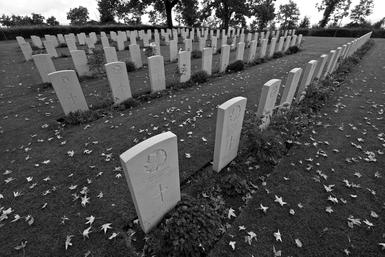
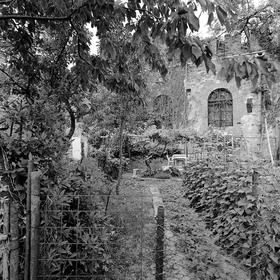
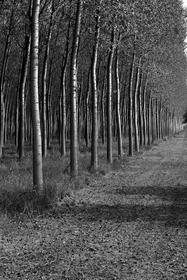
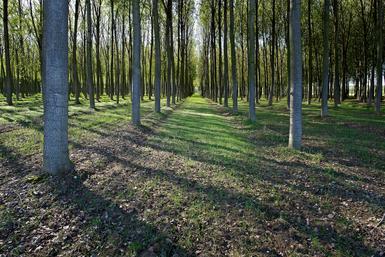


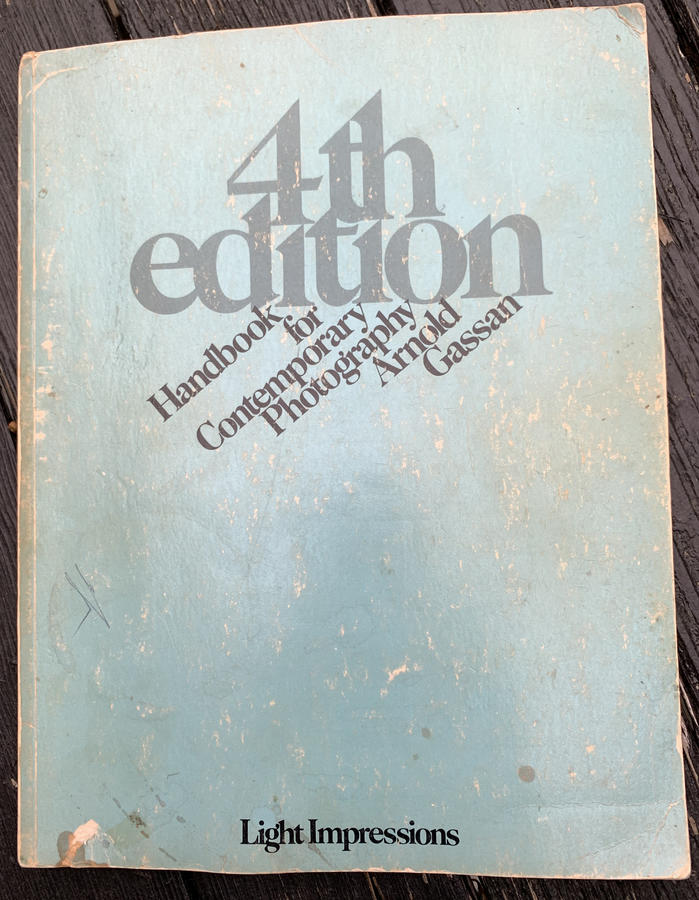
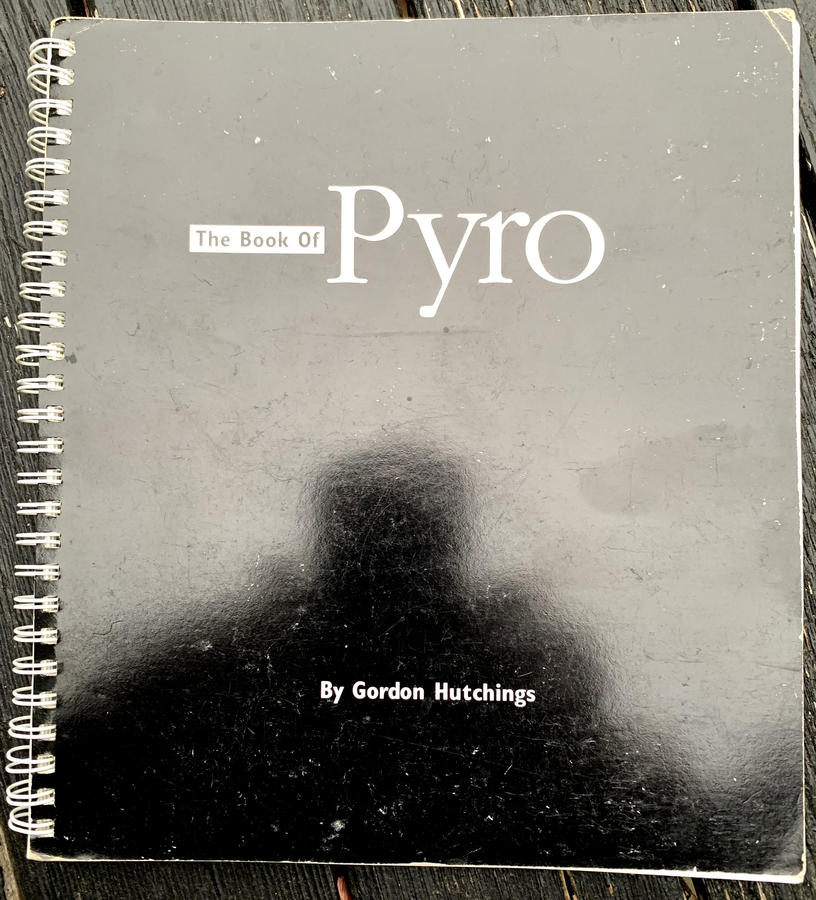
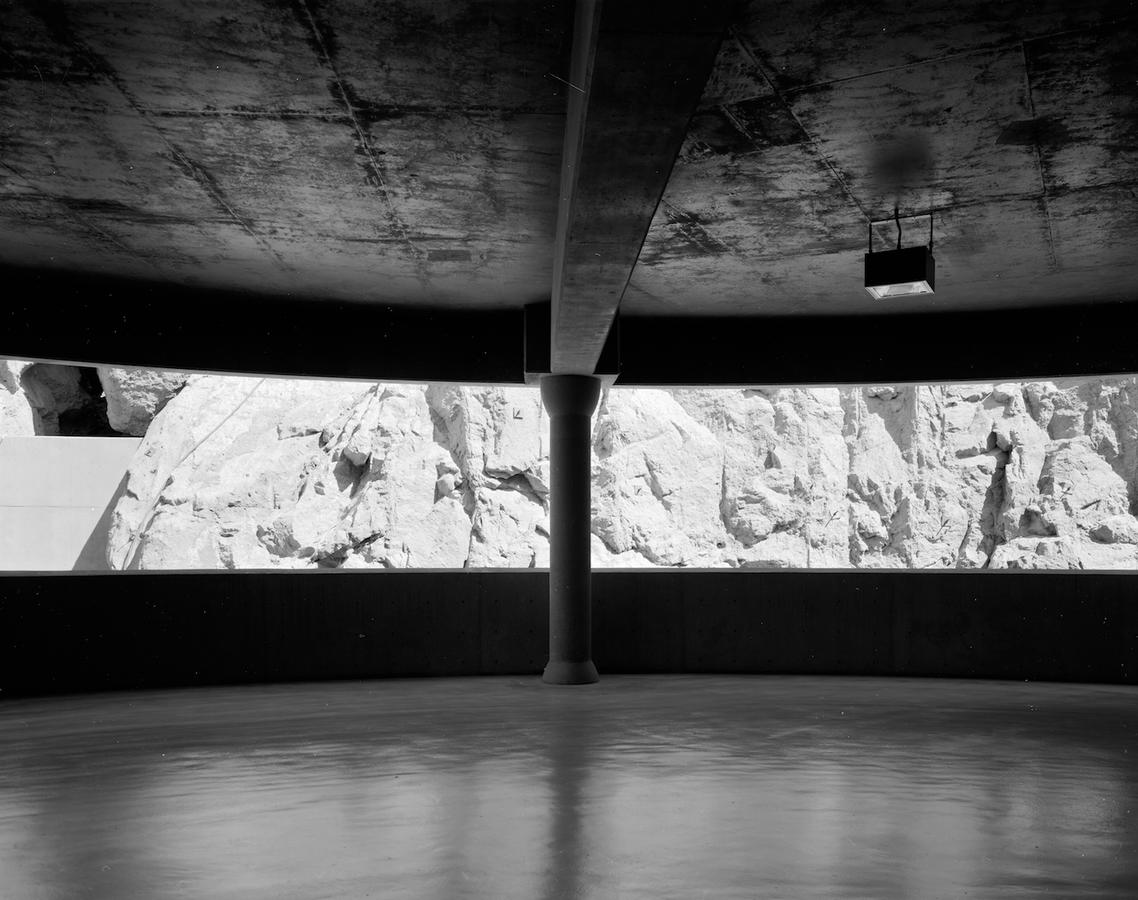
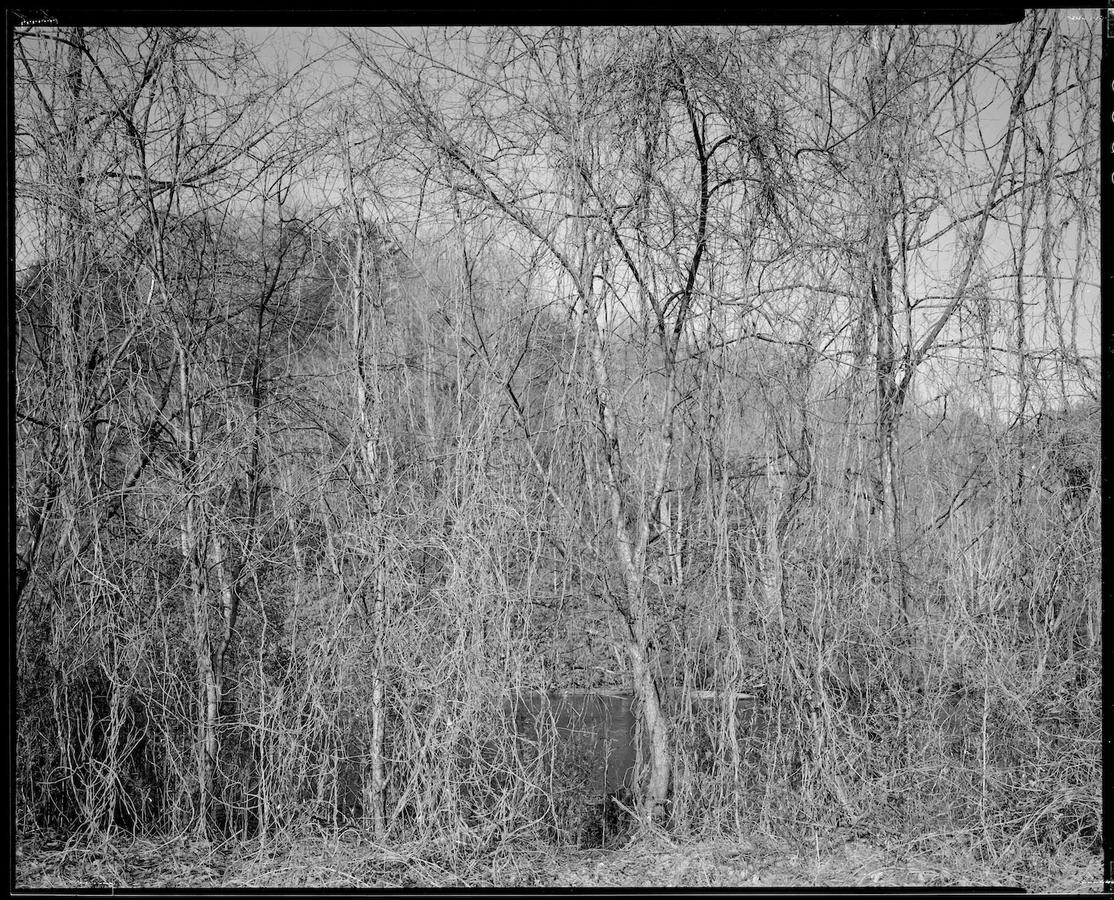
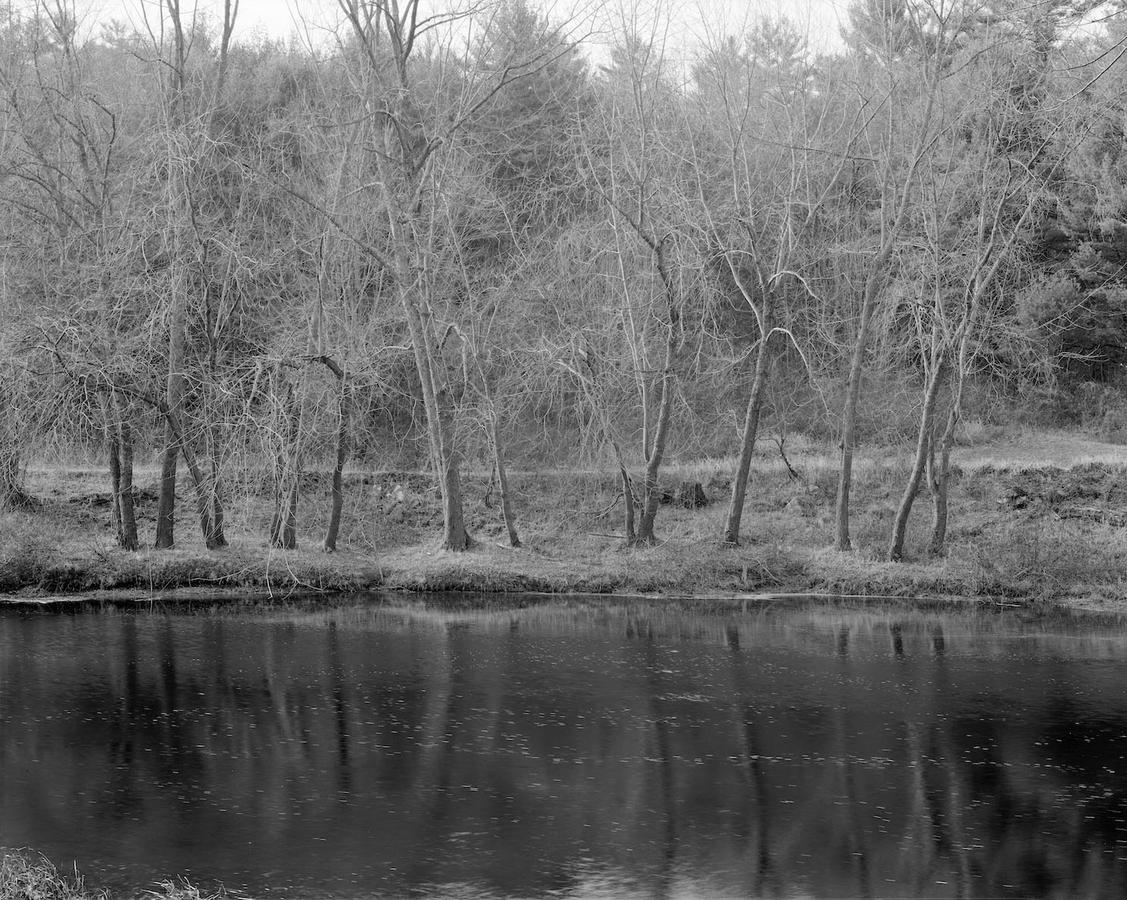

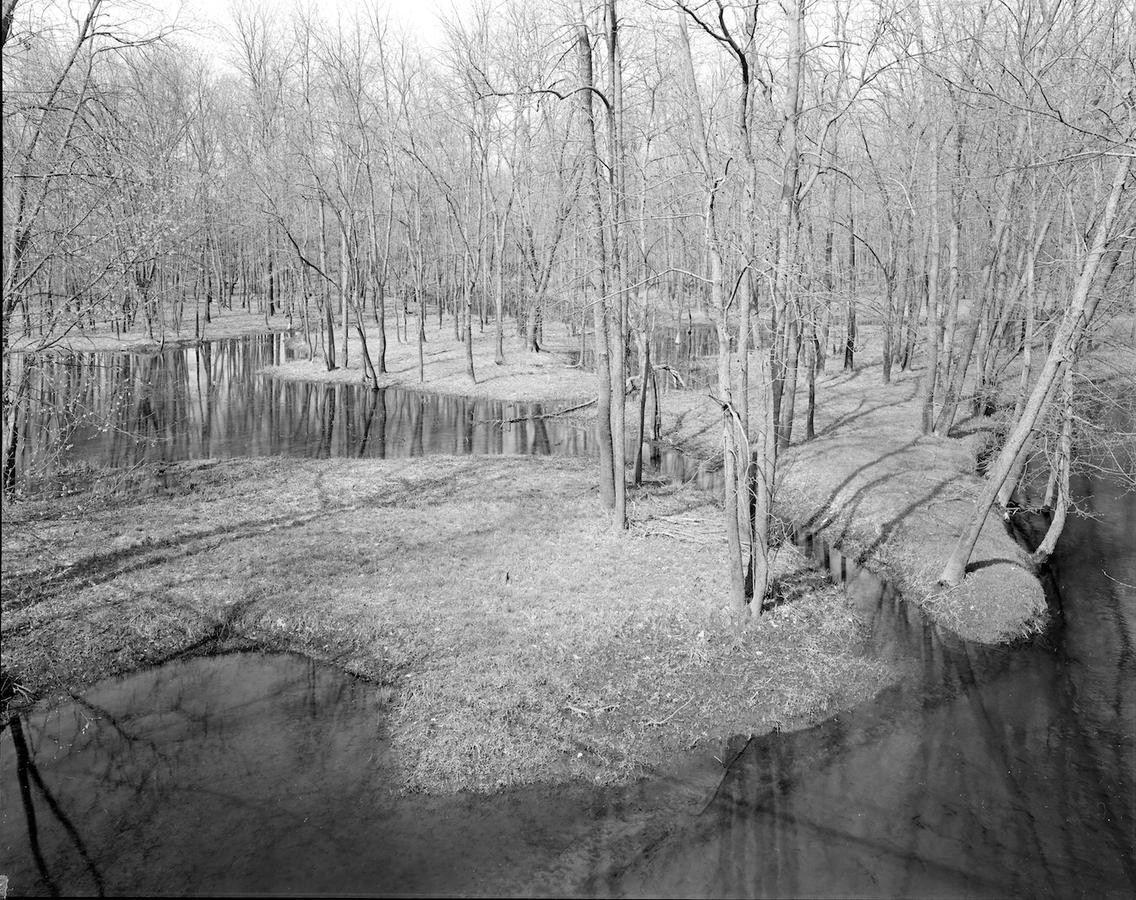

 I chose to write about this now as, due to recently moving, I have unearthed all kinds of stuff, including both the Gassan and Hutching's manuals. What a treat.
I chose to write about this now as, due to recently moving, I have unearthed all kinds of stuff, including both the Gassan and Hutching's manuals. What a treat.